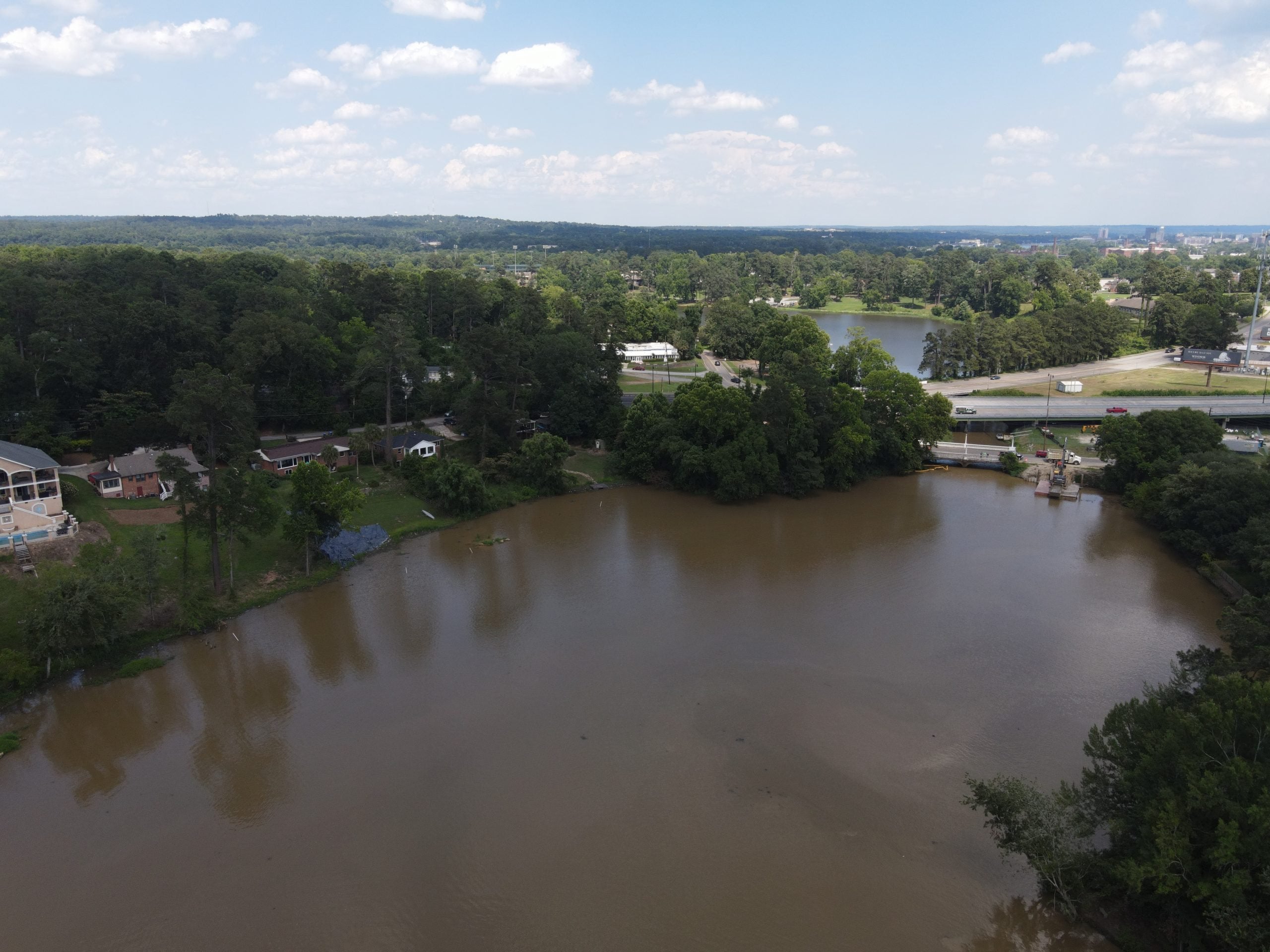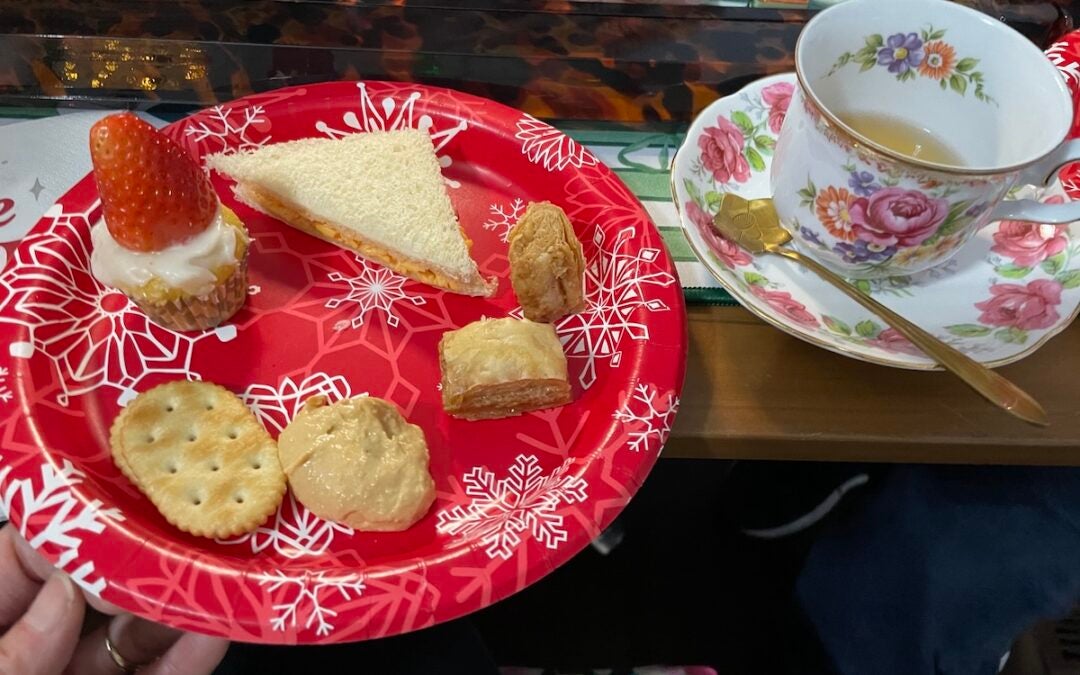What was once a major recreation draw is beginning to look like its old self as the $6 million project to dredge Lake Olmstead and several surrounding bodies of water is nearing completion.
Engineers with Gator Dredging had hoped to have the process completed in October 2020, according to Savannah Riverkeeper Director Tonya Bonitatibus, but it will likely be finished by the end of the year or certainly by spring of 2022.
“Gator Dredging is doing a great job in returning the lake back to what it once was, and hopefully we will see lots of canoes, kayaks and sailboats on the water this spring,” Bonitatibus said.
MORE: Progress Being Made in Lake Olmstead Dredging
The operation is being funded through SPLOST money as well as storm water fees.
When the project is finished, the entire lake will be between eight and 10 feet deep, eliminating the growth of mosquito populations that have thrived in the hydrilla-clogged waters.
According to Bonitatibus, who regularly tests the water in the lake, the project is already making a difference in the water quality. For years, the lake has contained high levels of blue and green algae as well as e coli, which can be dangerous to humans and pets using the area for recreation.
In the past year, after the dredging began, only once have the algae and e coli reached the maximum levels allowed by the state EPD, Bonitatibus said.
“It really is a night and day difference,” Bonitatibus said.
[adrotate banner=”55″]
Richard Humphries of Gator Dredging said his team has made great progress since beginning the project in February.
Humphries explained that his team is hydraulically dredging down to a depth of eight to 10 feet, removing sediment, slurry and sand build-up. The dredge itself is a vessel equipped with a tiller-like device that breaks up the material building up in the lake. The material is pumped out using a submerged pump. A floating barge with a backhoe seated on top can also scoop up the material.
The build-up is then pumped over to nearby ponds by Riverwatch Parkway where the water and material can safely filter over time into the Savannah River. Humphries said they are dredging 500 to 1,200 cubic yards every day. They also take water samples, monitor the material that’s dredged up, and remove debris that’s been caught in the lake.
When the lake was created in 1872, it became a major recreation attraction for more than 100 years. For decades, the lake was home to boat races and later water-skiing competitions.
MORE: Lake Olmstead Stadium To Get New Life as Event Venue
At one point, the area known as Lakeview Park was home to an amusement park and zoo. Postcards of the past recall the glory days of lake when it was a major recreation area.
In 1936, the city built the stone Julian Smith Casino, named after the Augusta mayor who served from 1923 – 1925.
However, over the past 30 years, recreation in the area has waned. Bonitatibus says she hopes the dredging will bring back recreation to the lake.
Scott Hudson is the Senior Reporter for The Augusta Press. Reach him at scott@theaugustapress.com. Tyler Strong is the Business Editor for The Augusta Press. Reach him at tyler@theaugustapress.com











